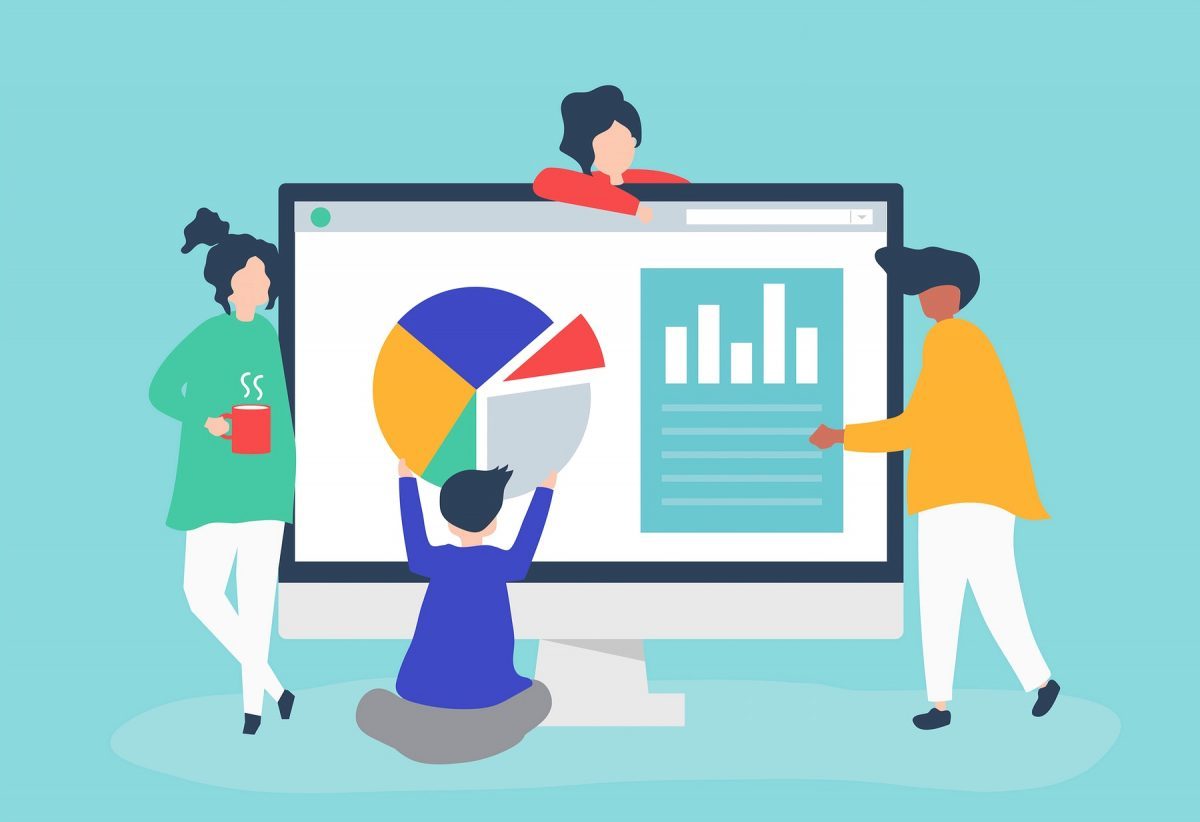Let’s face it- technology has our brains inundated with unprecedented amounts of information. As a result, we’ve developed countless platforms and pieces of technology infrastructure that keep us organized, efficient, and profitable. The advent of technology in the business world combined with its future potential makes this an exciting time for us all. Technology can rapidly access troves of data in seconds, enabling us to make decisions that are much more informed than those of yesteryear. However, we should think of these technological capabilities as tools to help us make more informed decisions, not as mechanisms to make decisions for us. Although this advice can be applied in several domains, it’s no more relevant than in the world of people analytics.
So what is “People analytics”?
People analytics, in layman’s terms, refers to the analytical method used to make decisions about human resources and human capital in an organization. People analytics informs HR strategy, hiring/downsizing efforts, and selecting the right candidates (to name a few). Fortunately, we’ve developed technological platforms that can assess and analyze certain variables to “predict” an employee’s success in his/her role. This can be done through simple correlation tables, more complex regression models, or even through advanced predictive modeling. Regardless of the method of analysis, organizations want to know they’re hiring the right person for the right role. They also want to know how to keep these people while understanding what contributes to longer tenure, or on the flip side – higher turnover.
Organizations that use people analytics to inform hiring decisions have the ability to remove objective bias. McKinsey Quarterly’s article brilliantly sums this up with, “The important advantage of the new analytics techniques…is that they are predictive, rather than reactive, and they provide more objective information than the more qualitative findings of a one-on-one discussion.” When combining skilled HR hiring professionals with the proper analytics platform, organizations can reduce bias, increase accuracy in job placement, reduce the risk inherent to hiring new people, and decrease retention expenses in the long run (as evidenced by the aforementioned article’s examples). Although people analytics is helpful to the hiring process, the data can tell you more than just the best candidate for a job.
When organizations apply people analytics to their existing workforce, they gain insight into motivates them, what leaders should continue doing, and how they might improve. For example, Fecheyr-Lippens, Schaninger, and Tanner used people analytics in a study to understand employee retention. Their data indicated that “a lack of mentoring and coaching and of ‘affiliation’ with people who have similar interests” were leading drivers of those considered a “flight risk”. Additionally, the researchers point out how predictive analytics within the realm of human resources helped organizations understand what their employees value while reducing the costs associated with turnover.
Although people analytics and predictive modeling have become more advanced, we must remember the human element in all HR decisions. Our technological capabilities should do nothing more than provide decision-makers with the most accurate and relevant data possible so they can make an informed decision. There are several risks associated with “over-datafication” when people rely too much on data and technology, but that’s a topic for another day…

